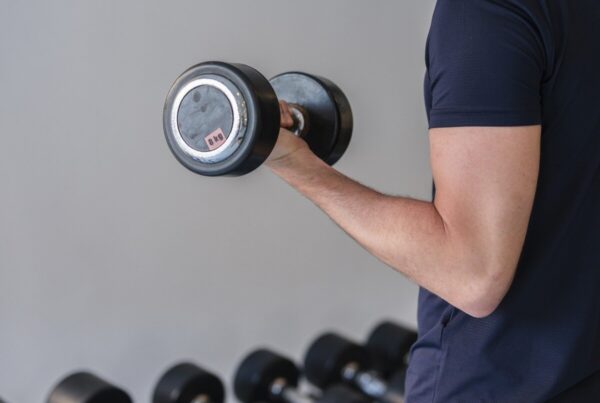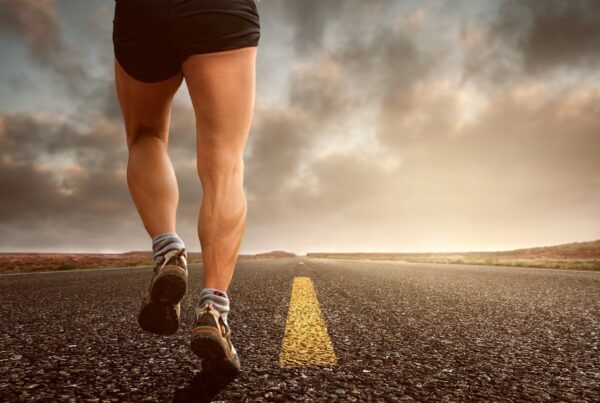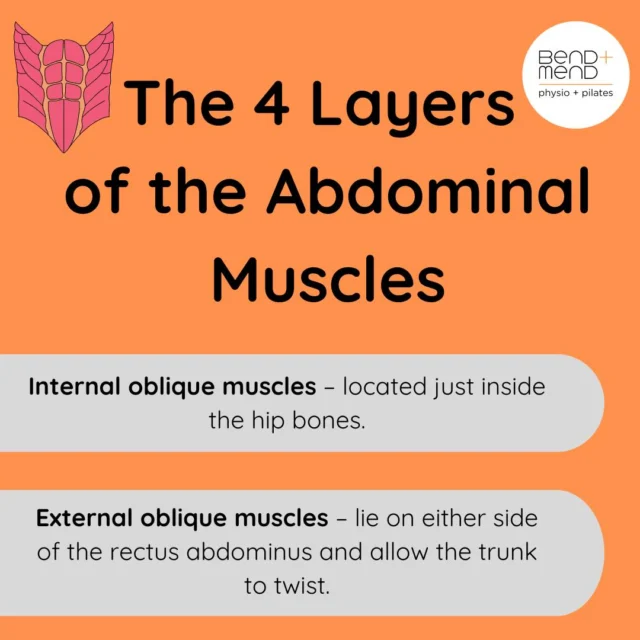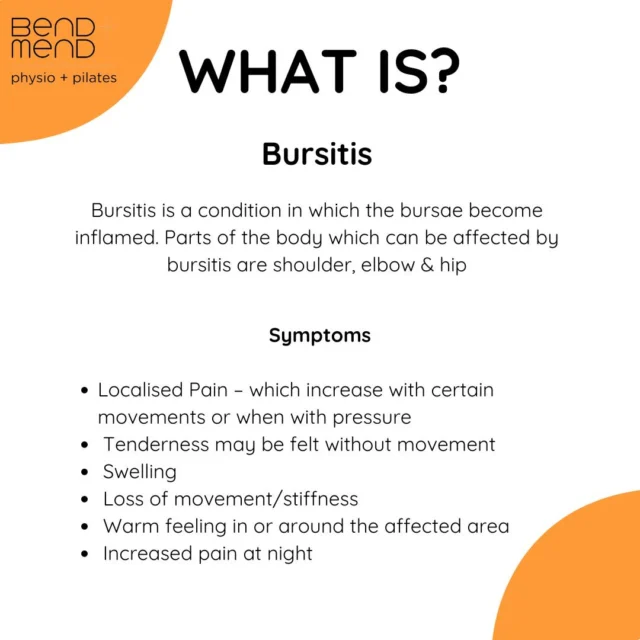When I first got a Pilates assessment 5 years ago, I was an active gym go-er regularly deadlifting, squatting, planking, running, yoga…. all the good stuff for fitness. Overall, I felt pretty strong but had reoccurring right sided hip pain that would flare up every month or so then settle. Unfortunately, I ignored this issue and filed it away to “deal with later.”
During my Pilates assessment movements like squat and balance were observed and I felt confident in my performance. Surely, I was “acing” this assessment? Then I was asked to do a side lying glut exercise with my foot in the strap on the reformer. I figured it would be easy. Well, it was not easy, within three repetitions my right hip struggled to lift away from my body, it felt cramped and weak. This was surprising given the left side was, although challenging, far easier. I had also gone to the gym a few days earlier and comfortably did a heavy leg routine with no obvious right-side weakness. As the assessment progressed it became apparent my right hip was struggling with small, controlled movements. Could this right-side weakness be contributing to my pain that had been nagging away?
I started regularly doing Pilates 1-2 times a week and within a few classes I felt hooked. After a few months I noticed my shoulder sat back instead of hunching forward, my range of motion in my back improved and the constant niggling hip finally was quiet. Pilates was the key ingredient for a pain free, mobile, and active life.
I recommend Pilates to everyone. It stands out in its unique ability to be a tool for athletes looking to prevent injury, busy workers wanting to fix low back pain or individuals with neurological conditions that makes regular gym training too difficult.
Pilates has absolutely helped with my climbing both in preventing injury and helping me feel stronger on the rock.
Three major reasons I love Pilates:
- Pilates is key in activating the small stabilizer muscles. When I used to just go to the gym my right hip weakness was not obvious, I could lift weight using the bigger prime movers in my legs. But my hip rotators were weak which led to awkward loading a regular hip pain. Pilates highlighted this weakness and gave me tools to build stability.
- It focuses on mobility over flexibility. While many of us look at flexibility as a physical goal, mobility is your ability to control your body into end of range movement. Flexibility won’t contribute to athletic performance if you struggle to control the movement. Pilates works muscles into range and strengthens your body. This makes it ideal for people who feel stiff and tight after exercise.
- It has a strong emphasis on core tension. Core strength is a key factor in decreasing musculoskeletal pain and increasing pelvic floor function. In many sports core tension helps generate more power, explosive force and prevent injury. I’ve noticed with regular Pilates my ability to hold tension while climbing up the wall has greatly improved.
Pilates is a great outlet for people looking to improve physical function, get better at their sport or even just try something new. Regular Pilates helps fire up stabilizer muscles, improve mobility and develop a strong core for better posture in an active life. I now teach Physio-led Pilates classes here at Bend + Mend and get to see these changes in my patients every day.







